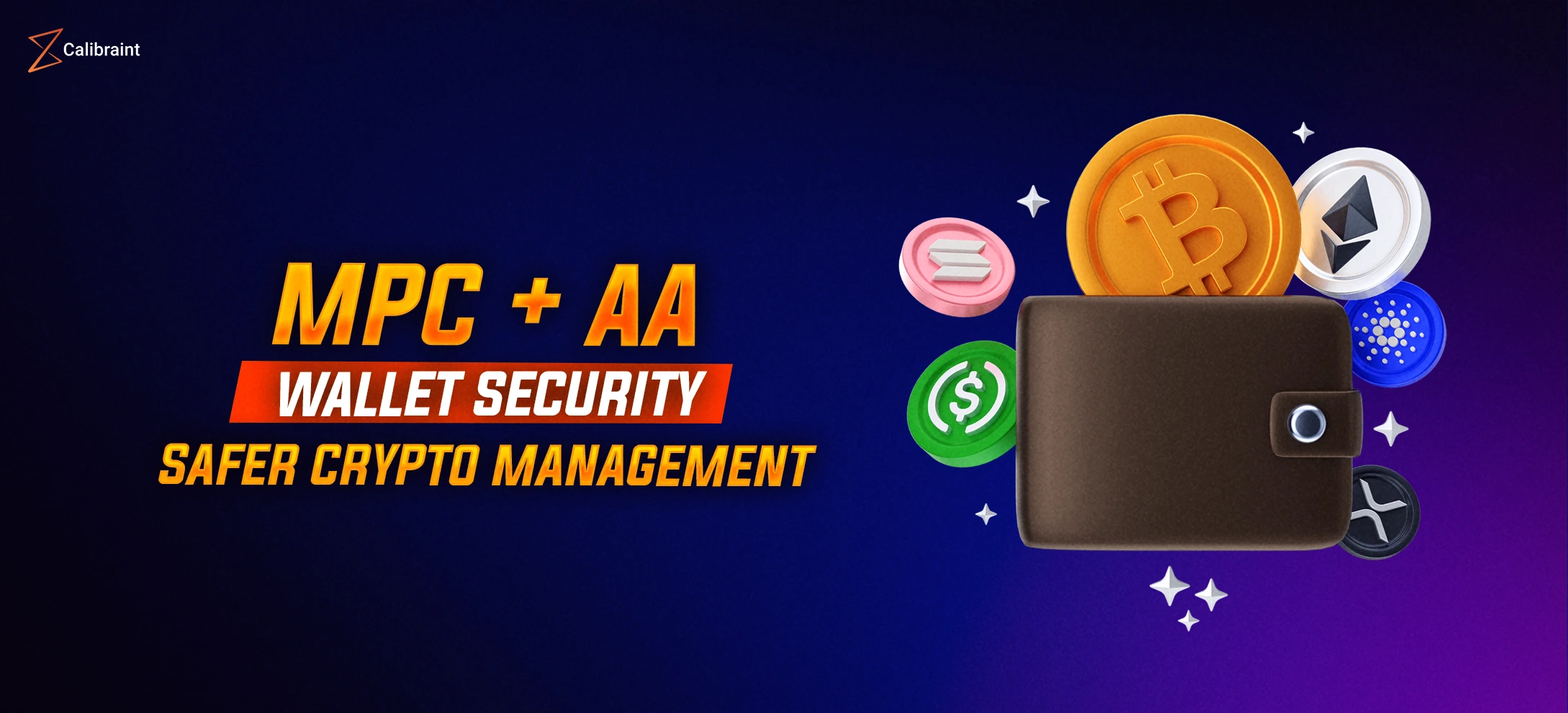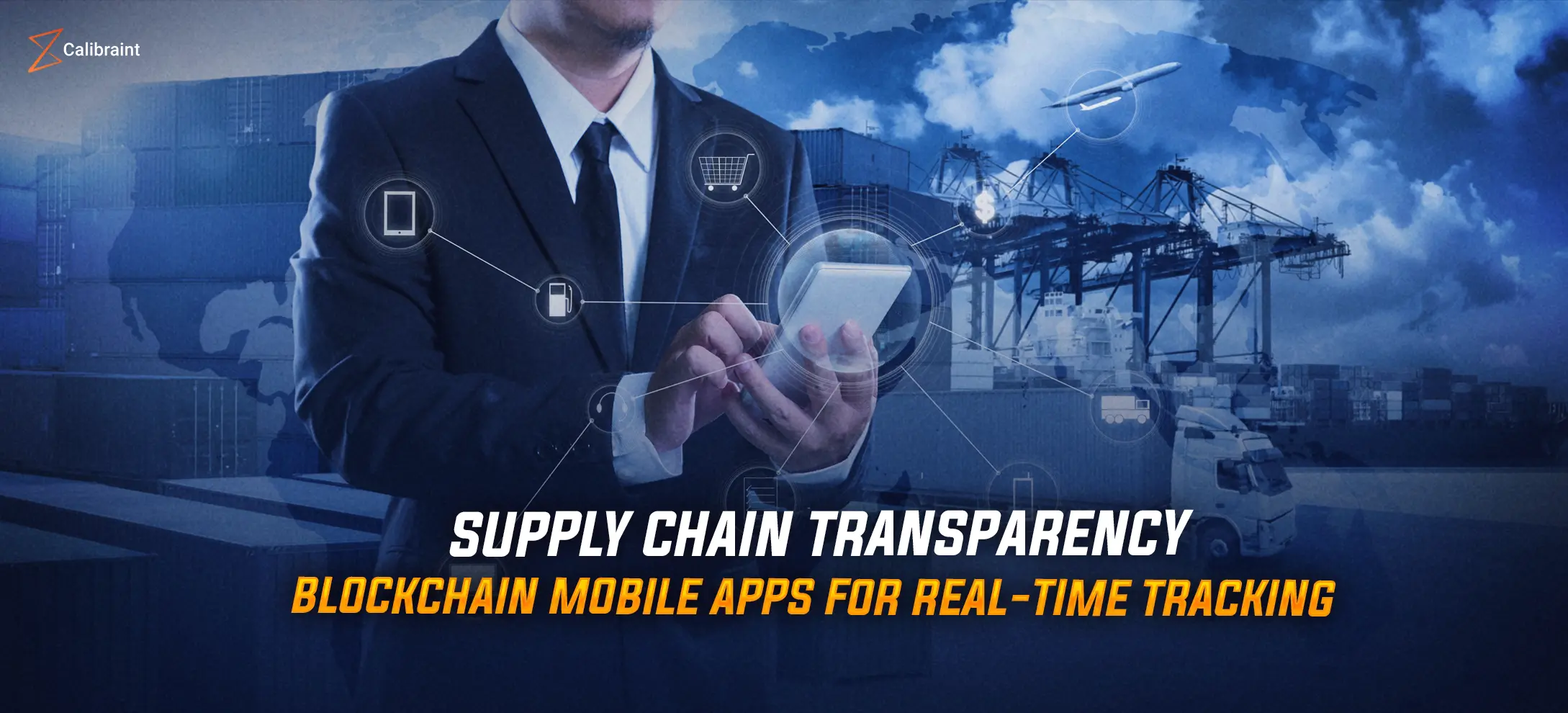Hot Wallet vs Cold Wallet: Understanding Their Architecture, Use Cases & Security Models

What’s at Stake in Crypto Storage?
When it comes to safeguarding digital assets, the debate around hot wallet vs cold wallet is central to how individuals, businesses, and institutions manage risk in crypto transactions. With increasing crypto adoption, choosing the right storage method is more crucial than ever.
Hot Wallet vs Cold Wallet – A Fundamental Comparison
The primary distinction between a hot wallet vs cold wallet lies in connectivity. Hot wallets are connected to the internet, offering convenience for quick access and transactions. Cold wallets, on the other hand, are offline storage methods designed with security as a priority.
Let’s dive into the mechanics of both.
What is a Hot Wallet?
A hot wallet is a cryptocurrency wallet that remains connected to the internet. It is typically used for day-to-day transactions and trading because of its accessibility.
How do hot wallets work?
Hot wallets operate through apps, browser extensions, mobile wallets, or desktop software. Private keys are stored in digital formats, often encrypted but still vulnerable to malware, phishing, and cyber threats due to their online nature.
Examples of hot wallets include:
- MetaMask
- Trust Wallet
- Coinbase Wallet
- Exodus
Pros of Hot Wallets:
- Instant access and quick transfers
- Ideal for active traders or small holdings
- Easy to set up and use
Cons:
- Greater exposure to hacking
- Risk of phishing or credential compromise
What is a Cold Wallet?
A cold wallet refers to any crypto storage system that is not connected to the internet. It’s considered one of the most secure ways to store crypto assets, especially large sums or long-term holdings.
How do cold wallets work?
They store private keys offline, either on a piece of hardware, a paper wallet, or an air-gapped computer. Since these wallets aren’t exposed to the internet, they’re immune to online attacks.
Examples of cold wallets include:
- Ledger Nano X
- Trezor Model T
- Paper Wallets
- USBs with encrypted keys
Pros of Cold Wallets:
- Near-immunity from cyberattacks
- Excellent for long-term storage
- Can’t be accessed without physical possession
Cons:
- Slower transaction process
- Potential for physical loss or damage
- Slightly complex to set up for beginners
Hot and Cold Wallets in Enterprise Crypto Management
In enterprise settings, the question isn’t cold vs hot wallet but how to strike a balance between the two. For businesses dealing with frequent crypto transactions while also needing secure reserves, a hybrid approach is often adopted.
- Operational funds are kept in hot wallets for agility.
- Treasury reserves are held in cold wallets to minimize risk.
Choosing Between Hot vs Cold Wallet: What to Consider
Here are a few key decision-making factors when evaluating hot wallet vs cold wallet for your needs:
- Trading Frequency:
If you frequently buy, sell, or transfer crypto, hot wallets are convenient.
- Investment Horizon:
Long-term holders or institutions prefer cold wallets for safety.
- Asset Volume:
The higher the crypto value, the stronger the case for cold storage.
- User Proficiency:
Beginners might find hot wallets easier to start with, while pros often use cold wallets for serious holdings.
- Security Prioritization:
If security is your top priority, cold wallets provide peace of mind.
Real-World Use Cases of Hot and Cold Wallets
- Crypto Exchanges:
Exchanges typically use hot wallets for user withdrawals and cold wallets to store 90%+ of their assets.
- DeFi Projects:
Protocols manage liquidity using a mix of both, ensuring funds are accessible but also secure.
- NFT Marketplaces:
Artists and collectors often hold NFTs in hot wallets but store higher-value collections in cold wallets.
Future of Crypto Wallet Security
With increasing threats, hot and cold wallets are evolving rapidly:
- Multi-signature wallets now offer added protection layers.
- Hardware wallets are becoming more user-friendly and mobile-compatible.
- MPC wallets (Multi-Party Computation) are the emerging solution, blending the safety of cold wallets with the accessibility of hot wallets.
As blockchain technology matures, wallet infrastructure is expected to adopt more AI-based fraud detection, biometric access controls, and decentralized identity (DID) integration.
Final Thoughts on Hot Wallet vs Cold Wallet
The hot wallet vs cold wallet debate isn’t about which is better universally but which suits your use case. Hot wallets are built for convenience, cold wallets for security. A blended strategy gives the best of both worlds easy transactions and strong protection.
Need Help Setting Up a Secure Crypto Wallet Infrastructure?
Looking to implement a secure, scalable wallet architecture for your business or project?
Calibraint specializes in designing robust crypto wallet systems, tailored for DeFi, Web3 platforms, crypto exchanges, and institutional investors. From cold wallet integrations to multi-chain hot wallets, our blockchain experts craft solutions that prioritize security, performance, and user trust.
Connect with Calibraint to explore how we can help. Fill out the contact form and let’s build something secure, together.



























